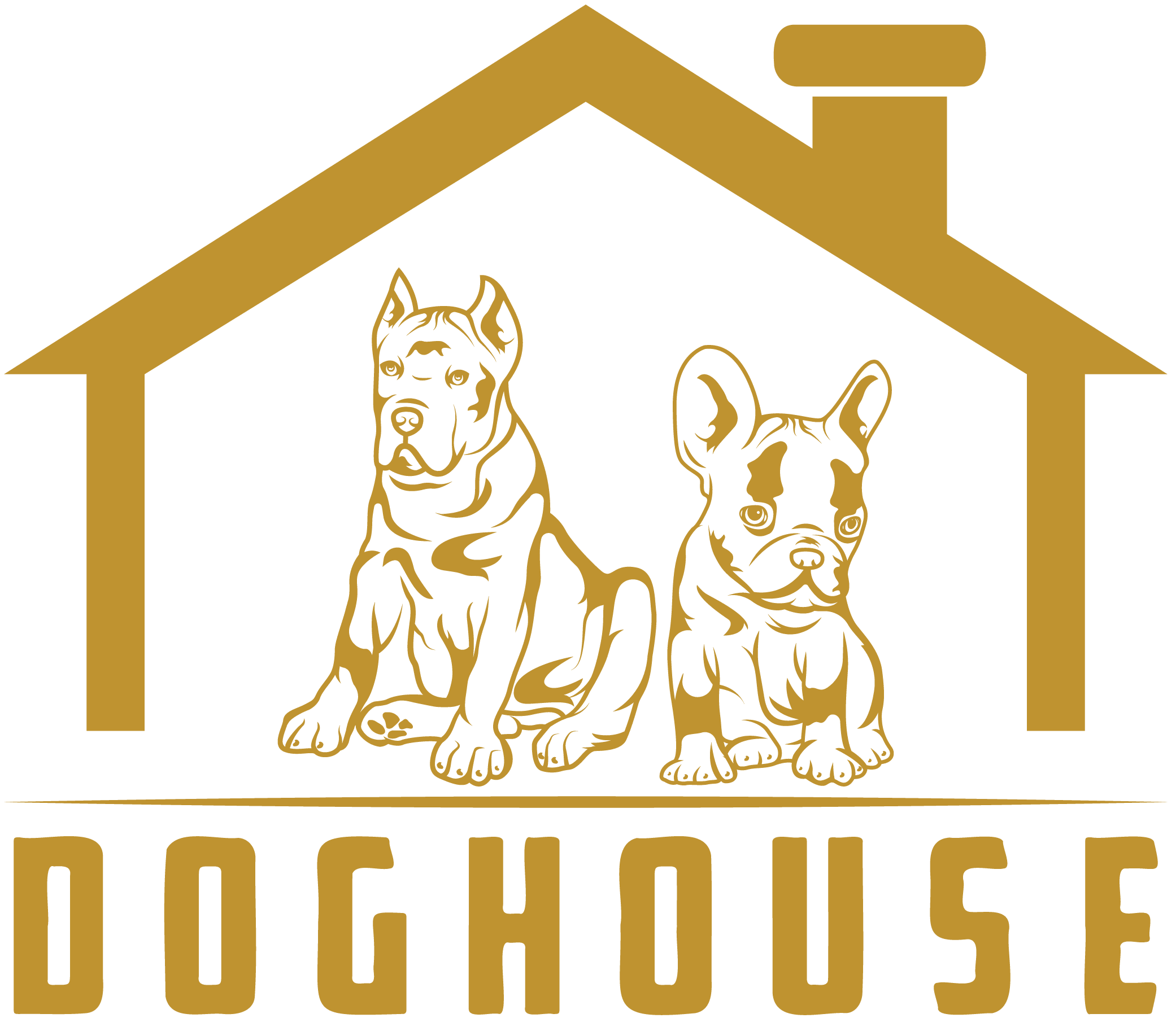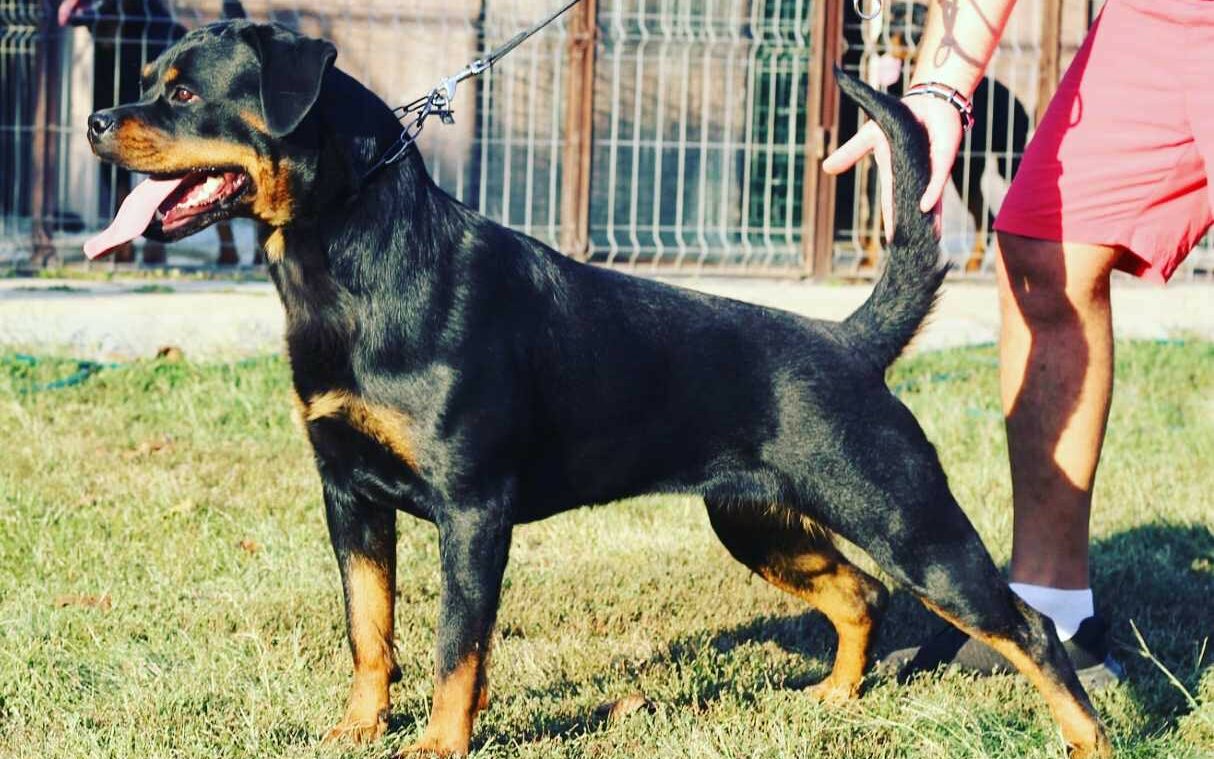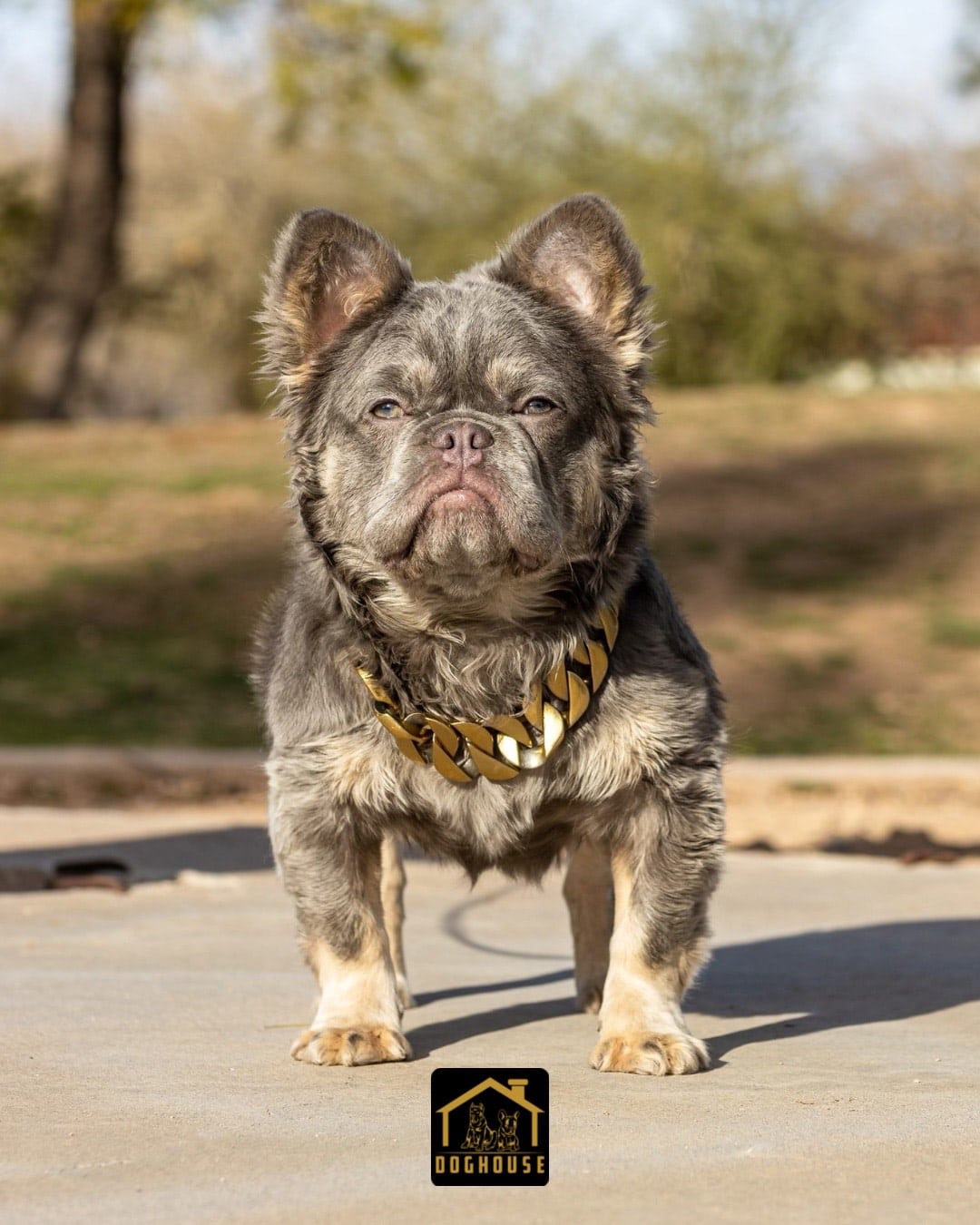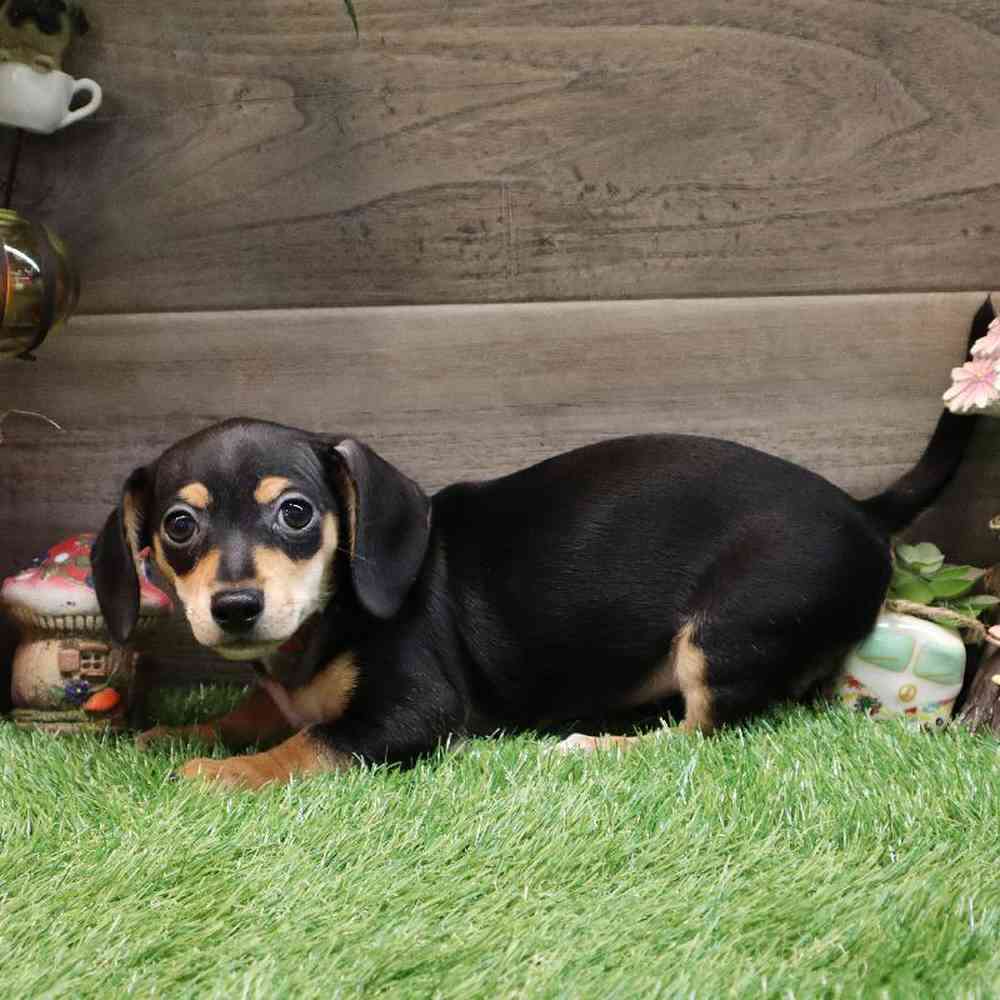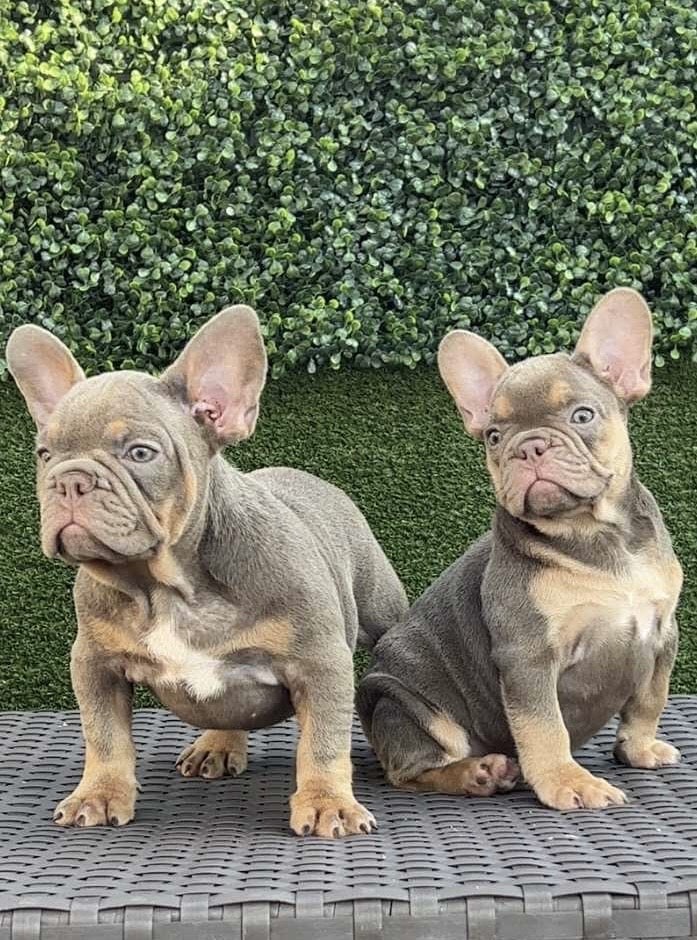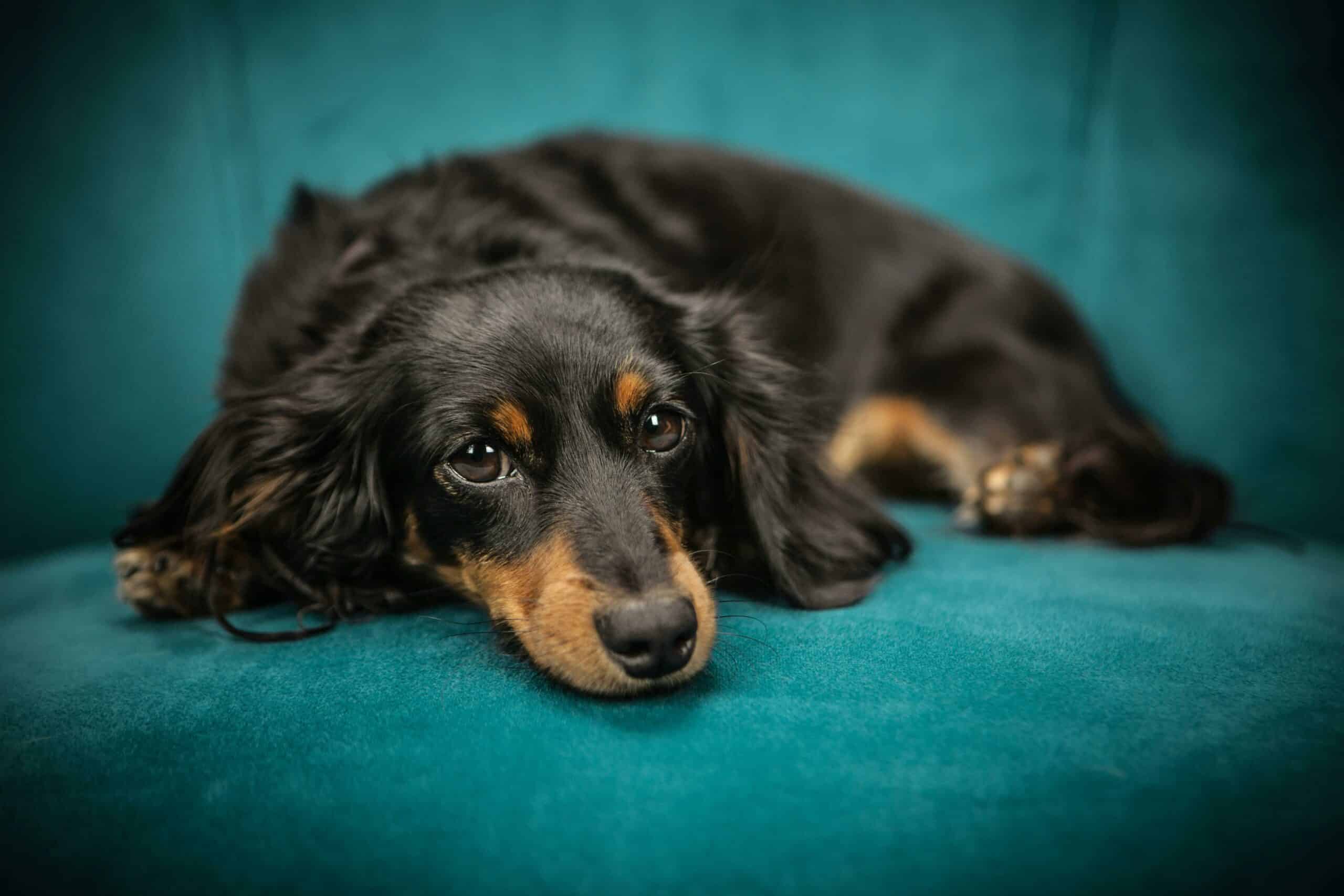The Rottweiler, a breed renowned for its strength, loyalty, and distinctive appearance. Originally bred to drive cattle and pull carts for farmers and butchers, this breed has evolved into a versatile and beloved companion. Known for their deep black coat with rust markings, Rottweilers possess a unique blend of intelligence, bravery, and a calm demeanor, making them not just excellent guard dogs but also devoted family members. Despite their formidable appearance, Rottweilers are often affectionate and gentle with their owners, showcasing a softer side that belies their robust exterior. This introduction aims to delve into the world of Rottweilers, exploring their characteristics, temperament, grooming needs, and common health issues, providing a comprehensive overview of this magnificent breed.
History
The Rottweiler, a breed known for its strength, endurance, and guarding instincts, has a history that traces back to ancient times. Its lineage likely begins with the Roman drover dogs, mastiff-type canines used by Roman legions for herding and protecting livestock during their travels across the Alps. As the Romans retreated, these dogs remained in the Rottweil region of Germany, interbreeding with local dogs. Rottweil, a hub of cattle commerce, saw these dogs evolve into adept cattle drivers and protectors, earning the name “Rottweil butchers’ dogs” due to their role in pulling butchers’ carts to market and safeguarding their earnings.
However, the breed faced a significant decline with the rise of railroad cattle transport in the 19th century, nearly leading to its extinction. The early 20th century marked a revival for the Rottweiler, spurred by the formation of the Rottweiler and Leonberger Club in 1901, which played a crucial role in standardizing and repopulating the breed. Their versatility was further showcased during World Wars I and II, where they served as messenger, ambulance, draught, and guard dogs.
In modern times, the Rottweiler is celebrated as one of the oldest herding breeds, known for its intelligence, loyalty, and adaptability. These traits have not only made them excellent police and service dogs but also cherished family pets, securing their place as a beloved breed worldwide.
Rottweiler Temperament
The Rottweiler is a breed known for its distinctive temperament and personality traits. Here’s an overview of the typical temperament of a Rottweiler:
- Loyal and Protective: Rottweilers are extremely loyal to their families and tend to form a strong bond with their owners. They are naturally protective and can be excellent guard dogs. This protective instinct means they are often wary of strangers and need proper socialization to distinguish between normal and threatening behavior.
- Intelligent and Trainable: Rottweilers are highly intelligent and respond well to training. They excel in obedience, tracking, and agility, and are often used in police, military, and search and rescue work. Consistent, positive reinforcement training methods work best with this breed.
- Confident and Calm: A well-bred Rottweiler is typically calm and confident. They are not unnecessarily noisy or aggressive but will react if they feel their family is threatened.
- Good with Children: When properly trained and socialized, Rottweilers can be good with children. However, due to their size and strength, interactions with young children should always be supervised.
- Needs Socialization: Early and ongoing socialization is crucial for a Rottweiler. Exposure to different people, environments, and situations helps them become well-adjusted adults.
- Can Be Dominant: Rottweilers have a strong will and can be dominant. They need an owner who can provide firm, fair, and consistent leadership.
- Not Always Dog-Friendly: While some Rottweilers are fine with other dogs, others may be aggressive towards dogs they do not know. Proper socialization and training can help mitigate this.
- Active and Energetic: They require regular exercise to keep them physically and mentally fit. Lack of exercise can lead to boredom and destructive behavior.
- Affectionate with Family: Rottweilers are often affectionate and gentle with their family members. They enjoy being part of family activities and can be quite playful.
- Adaptable to Various Living Situations: Although they are large dogs, Rottweilers can adapt to various living situations, including apartments, as long as they get enough exercise and mental stimulation.
It’s important to remember that while breed tendencies are a good guideline, individual dogs may vary. The environment, training, socialization, and genetics all play a role in a dog’s temperament. A well-trained and socialized Rottweiler can be a loyal, loving, and protective companion.
How Much Does a Rottweiler Cost
The cost of a Rottweiler can vary significantly based on several factors such as the breeder’s reputation, the dog’s lineage, location, and whether the puppy is of show quality or just a pet quality. Here’s a general breakdown:
- Initial Purchase Price:
- Pet Quality: For a Rottweiler from a reputable breeder, prices typically range from $1,500 to $2,500. These puppies are often suitable for families looking for a pet rather than a show dog.
- Show Quality: If you’re looking for a show-quality Rottweiler with exceptional lineage, the price can be significantly higher, ranging from $2,500 to $8,000 or more.
- Additional Costs:
- Health Testing and Vaccinations: Initial vaccinations, deworming, and health checks can add several hundred dollars to the initial cost.
- Spaying/Neutering: If not already done by the breeder, this can cost anywhere from $200 to $500.
- Supplies and Equipment: Items like a bed, crate, collar, leash, and food and water bowls can add up to $200-$500.
- Ongoing Costs:
- Food: Depending on the brand and type of food, expect to spend about $50-$100 per month.
- Veterinary Care: Routine check-ups, flea/tick prevention, and unexpected health issues can vary greatly in cost.
- Training and Socialization: Professional training classes are highly recommended, especially for a breed like the Rottweiler, and can range from $50 to $200 per session.
- Pet Insurance: This can range from $30 to $70 per month, depending on the coverage.
- Geographical Variation: Prices can also vary depending on where you live. In some areas, demand and cost of living can drive up the prices.
Remember, when considering the cost of a Rottweiler, it’s not just the initial purchase price but also the ongoing expenses for the dog’s health, well-being, and training. It’s important to choose a reputable breeder who conducts health screenings and provides a healthy environment for their puppies, as this can save a lot of costs and heartache in the long run.
Rottweiler Lifespan
The Rottweiler, a robust and loyal breed, typically has a life expectancy ranging from 8 to 10 years. This lifespan is somewhat standard for larger dog breeds, whose lifespans tend to be shorter than those of smaller breeds. The health and longevity of a Rottweiler can be significantly influenced by various factors, including genetics, diet, exercise, and the quality of veterinary care it receives. Like all breeds, Rottweilers are prone to certain hereditary health issues, such as hip dysplasia, heart problems, and certain types of cancer, which can affect their overall lifespan. Providing a Rottweiler with a balanced diet, regular exercise, routine veterinary check-ups, and a loving environment can help maximize its years of companionship. Additionally, purchasing a Rottweiler from a reputable breeder who conducts health screenings on their breeding dogs can also contribute to a healthier and potentially longer life for these dogs.
Rottweiler Size
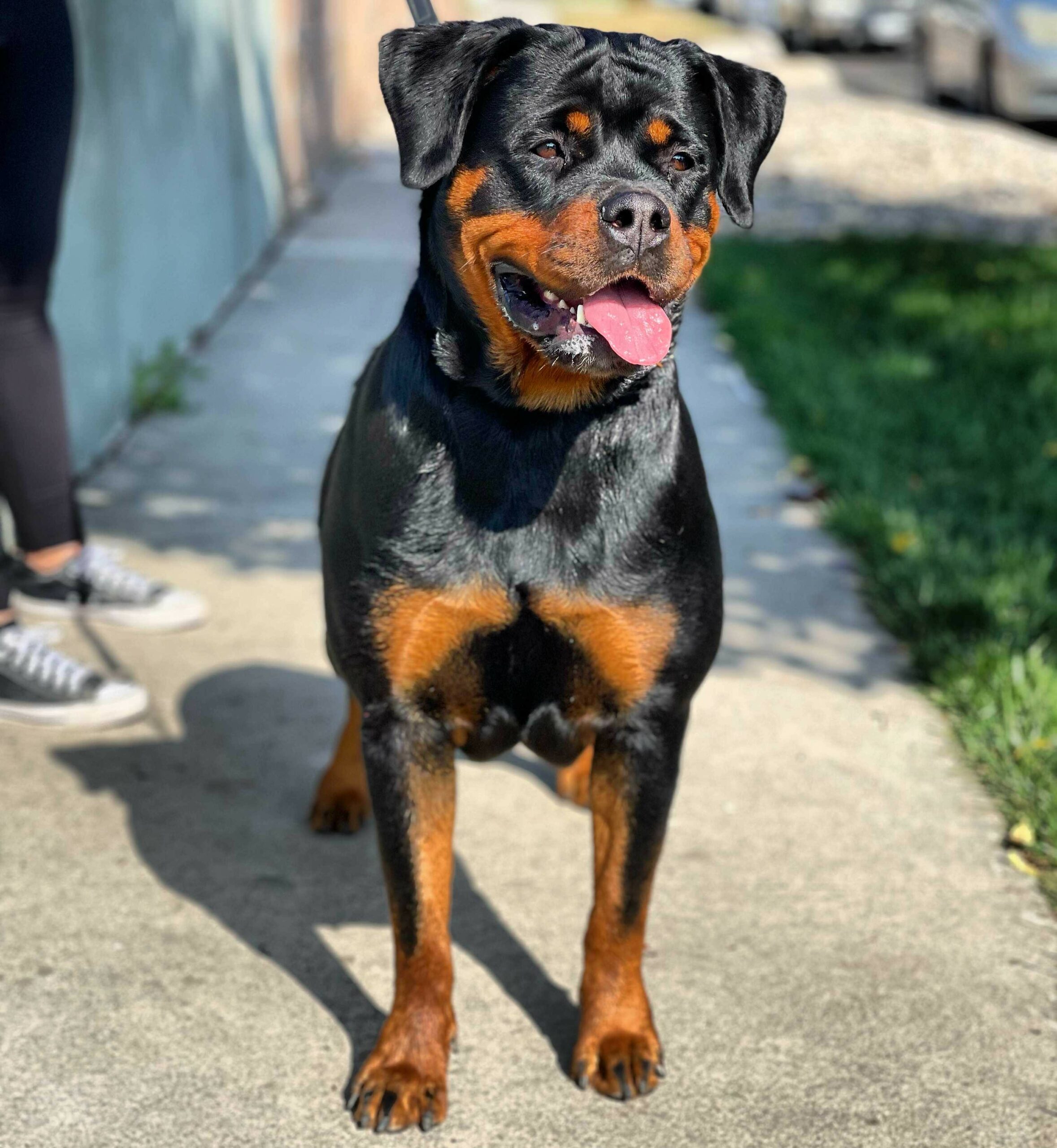
Rottweilers are a large and robust breed, known for their substantial build and muscular physique. The size of a Rottweiler can vary slightly between males and females:
- Males: Adult male Rottweilers typically stand about 24 to 27 inches tall at the shoulder. In terms of weight, they usually fall in the range of 95 to 135 pounds, though some can be larger, especially if they have a particularly stocky build.
- Females: Female Rottweilers are generally slightly smaller, standing around 22 to 25 inches tall at the shoulder. Their weight typically ranges from 80 to 100 pounds.
It’s important to note that these figures are averages, and individual Rottweilers can be outside these ranges. The breed is characterized by its powerful and sturdy frame, with a well-proportioned body that exudes strength without appearing bulky.
Proper nutrition and exercise are crucial for maintaining a healthy weight and physique in Rottweilers. Overfeeding and lack of exercise can lead to obesity, which can exacerbate health problems such as joint issues and heart disease. As with any breed, it’s important to follow a vet-recommended diet and exercise regimen to ensure the dog’s health and well-being.
Rottweiler Weight by Month
This table provides a general guideline for the expected weight range of Rottweilers as they grow from 1 month to 1 year old, separated by sex. Keep in mind that individual dogs may vary, and factors like diet, exercise, and genetics can influence their growth and weight.
| Age (Months) | Male Weight (lbs) | Female Weight (lbs) |
|---|---|---|
| 1 | 8 – 15 | 7 – 13 |
| 2 | 15 – 30 | 13 – 25 |
| 3 | 30 – 45 | 25 – 40 |
| 4 | 45 – 60 | 40 – 55 |
| 5 | 60 – 75 | 55 – 70 |
| 6 | 75 – 85 | 70 – 80 |
| 7 | 85 – 95 | 80 – 90 |
| 8 | 95 – 105 | 90 – 100 |
| 9 | 105 – 115 | 100 – 110 |
| 10 | 115 – 120 | 110 – 115 |
| 11 | 120 – 125 | 115 – 120 |
| 12 (1 Year) | 125 – 135 | 120 – 125 |
Rottweiler Size by Month
This table provides a general guideline for the growth in size of Rottweilers from 1 month to 1 year old. It’s important to remember that these are average measurements, and individual dogs may grow at different rates. Proper nutrition, exercise, and regular veterinary care are essential for healthy growth and development.
- Height is measured from the ground to the top of the shoulder (withers).
- Length is measured from the tip of the nose to the base of the tail.
| Age (Months) | Height (Males) | Height (Females) | Length (Males) | Length (Females) |
|---|---|---|---|---|
| 1 | 8-10 inches | 7-9 inches | 10-12 inches | 9-11 inches |
| 2 | 11-13 inches | 10-12 inches | 13-16 inches | 12-15 inches |
| 3 | 14-16 inches | 13-15 inches | 17-20 inches | 16-19 inches |
| 4 | 17-19 inches | 16-18 inches | 21-24 inches | 20-23 inches |
| 5 | 20-22 inches | 19-21 inches | 25-28 inches | 24-27 inches |
| 6 | 23-24 inches | 22-23 inches | 29-31 inches | 28-30 inches |
| 7 | 24-25 inches | 23-24 inches | 31-33 inches | 30-32 inches |
| 8 | 25-26 inches | 24-25 inches | 33-35 inches | 32-34 inches |
| 9 | 26-27 inches | 24-25 inches | 35-37 inches | 33-35 inches |
| 10 | 26-27 inches | 24-25 inches | 36-38 inches | 34-36 inches |
| 11 | 26-27 inches | 24-25 inches | 37-39 inches | 35-37 inches |
| 12 (1 Year) | 27 inches | 25 inches | 39-41 inches | 37-39 inches |
Rottweiler Colors
Rottweilers are known for their distinctive and relatively uniform coat color. The primary characteristics of their coat color and markings are as follows:
- Primary Coat Color: The base color of a Rottweiler’s coat is always black. This deep, rich black covers most of their body.
- Markings: Rottweilers have clearly defined rust or mahogany-colored markings. These markings are found in specific areas: over each eye, on the cheeks, on each side of the muzzle, on the chest, under the tail, and on the legs. The markings on the legs typically appear as spots on the ankles and extending upwards to the thighs.
- Consistency in Markings: The breed standard calls for very specific and symmetrical markings of the rich rust or mahogany color. The markings should be well-defined and not blend into the black base coat.
- No Other Color Variations: Unlike some other breeds, Rottweilers do not come in a wide range of colors. The black and rust/mahogany combination is the only accepted coloration in breed standards set by major kennel clubs.
- Coat Texture: The coat is generally of medium length, coarse, and dense. Rottweilers have an outer coat and an undercoat, but the undercoat is not visible through the outer coat. The thickness of the undercoat varies depending on the climate in which the dog lives.
It’s important to note that while these are the standard colors for the breed, occasionally Rottweilers can be born with atypical colors or patterns. However, these variations are not recognized by major breed standards and are considered faults in show rings. Despite this, Rottweilers with non-standard colors can still make excellent pets and working dogs.
Grooming a Rottweiler
Grooming a Rottweiler is relatively straightforward due to their short, dense coat. However, regular grooming is important to keep their coat healthy and to minimize shedding. Here are the key aspects of Rottweiler grooming:
- Brushing: Rottweilers benefit from weekly brushing to help remove loose hair and distribute skin oils. During shedding seasons (typically spring and fall), they may require more frequent brushing to manage the increased shedding. A firm bristle brush, rubber grooming mitt, or a deshedding tool can be effective.
- Bathing: Rottweilers don’t need frequent baths unless they get particularly dirty. Bathing them every 2-3 months, or as needed, is usually sufficient. Use a dog-specific shampoo to maintain the natural oils in their skin and coat.
- Nail Trimming: Regular nail trimming is important to prevent discomfort and potential health issues. If you can hear their nails clicking on the floor, it’s time for a trim. Some dogs wear their nails down naturally, but most will need a trim every month or two.
- Ear Care: Check their ears regularly for signs of infection, irritation, or wax build-up. Clean them as needed with a gentle, dog-specific ear cleaner. Rottweilers’ ears should be dry and clean without a strong odor or excessive gunk.
- Dental Care: Dental health is crucial for overall health. Brushing their teeth several times a week with dog-specific toothpaste can help prevent dental diseases. Dental chews and regular professional cleanings can also be beneficial.
- Skin Checks: While grooming, check for any signs of skin issues like dryness, oiliness, or redness, and look for any lumps, bumps, or wounds. Early detection of skin problems can prevent more serious conditions.
- Paw Care: Check their paws regularly for any signs of injury, such as cracked pads or lodged debris. In winter, they may need protection from salt and ice-melting chemicals.
- Grooming for Comfort: In addition to health reasons, regular grooming is a great way to bond with your Rottweiler and can be a comforting routine for them.
Remember, every dog is different, and some may require more frequent grooming than others. Regular grooming not only keeps your Rottweiler looking good but also provides an opportunity to check for any health issues and strengthen your bond with your pet.
Common Rottweiler Health Issues
Rottweilers are generally healthy dogs, but like all breeds, they are prone to certain health issues. Being aware of these common health problems can help in early detection and treatment. Here are some of the health issues commonly seen in Rottweilers:
- Hip and Elbow Dysplasia: This is a genetic condition where the hip or elbow joint doesn’t fit together perfectly, which can lead to arthritis or lameness. Regular vet check-ups and maintaining a healthy weight can help manage this condition.
- Aortic Stenosis/Sub-aortic Stenosis (AS/SAS): This is a heart condition where there’s a narrowing below the aortic valve, affecting blood flow. It can range from mild to severe and should be monitored by a veterinarian.
- Osteosarcoma (Bone Cancer): Rottweilers are at a higher risk for bone cancer than many other breeds. Early detection and treatment are crucial for the best outcome.
- Gastric Dilatation-Volvulus (Bloat): Common in large, deep-chested breeds, this is a life-threatening condition where the stomach fills with gas and can twist. Preventive measures include feeding smaller, more frequent meals and avoiding exercise right after eating.
- Cruciate Ligament Tear: This knee injury is common in larger breeds and can result from a sudden movement or jump. Treatment may involve surgery and physical therapy.
- Hypothyroidism: This condition occurs when the thyroid gland doesn’t produce enough hormones, leading to symptoms like weight gain, lethargy, and skin problems. It’s typically manageable with medication.
- Allergies: Rottweilers can suffer from various allergies, ranging from food allergies to environmental allergies. Symptoms can include itchy skin, ear infections, and digestive issues.
- Eye Problems: They can be prone to certain eye conditions like cataracts and progressive retinal atrophy (PRA). Regular eye exams are important.
- Panosteitis (Pano): Often seen in young, growing dogs, this condition causes inflammation of the long bones in the legs, leading to limping and pain. It usually resolves as the dog matures.
- Obesity: Rottweilers love to eat and can easily become overweight, which puts extra strain on their joints and organs. Proper diet and regular exercise are key.
Regular veterinary care, a healthy diet, regular exercise, and genetic screening (when breeding) can help prevent or manage these conditions. It’s also important for Rottweiler owners to be aware of these potential health issues and seek veterinary care if any symptoms arise.
Conclusion
Rottweilers are a noble, intelligent, and loyal breed, known for their protective nature and strong bond with their families. While they are relatively easy to groom and have a straightforward temperament, they do require consistent training, socialization, and exercise to bring out their best qualities. Like all breeds, Rottweilers are prone to certain health issues, including hip and elbow dysplasia, heart conditions, and the risk of bloat. Awareness and proactive management of these health concerns are crucial for maintaining their well-being. Regular veterinary check-ups, a balanced diet, and an active lifestyle are key to ensuring a healthy, happy life for a Rottweiler. With the right care and attention, Rottweilers can be wonderful companions, offering loyalty, affection, and protection to their human families.

